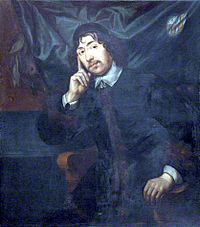Hair Art

During the Victorian age, mourning hair art became quite popular. Taking their cue from Queen Victoria who, after her husband’s death in 1861, adopted a permanent state of formal mourning that lasted the rest of her life, people began to look for ways to memorialize the passing of a loved one. Mourning thus became fashionable on both sides of the Atlantic.
Hair art has its roots in the 17th and 18th century when child mortality rates were extremely high. Hair, unlike flesh or bone, was found to keep its color and composition for decades, even centuries. So hair would be clipped and saved so it could be incorporated into artworks as a sentimental keepsake for those who were in mourning.
Artists would use hair in many ways. Some would arrange the hair in shapes (like a fleur-de-lis) to be inserted into lockets or as part of a montage; others would weave the hair to fashion an intricate lace or ribbon; some, after pulverizing the hair to form a kind of pigment, would then incorporate it into the paint itself and create a mourning scene on a piece of jewelry or canvas.
Hulda Schuhmann, the sister-in-law of my daughter-in-law’s 6th great-grandfather, was such an artist. Her tree, made with the hair of her departed husband, continues to remain in the family’s possession.
The popularity of mourning hair art waned during the 20th century until it has become almost non-existent today. Still the craftsmanship of the historic examples that have survived is unmistakable and we can only imagine the import they carried for the people for whom they were made.
Michael Ondrasik and Home Video Studio specialize in the preservation of family memories through the digitalization of film, videotape, audio recordings, photos, negatives, and slides. For more information, call 352-735-8550 or visit our website. And please enjoy our TEDxEustis talk at https://youtu.be/uYlTTHp_CO8.

